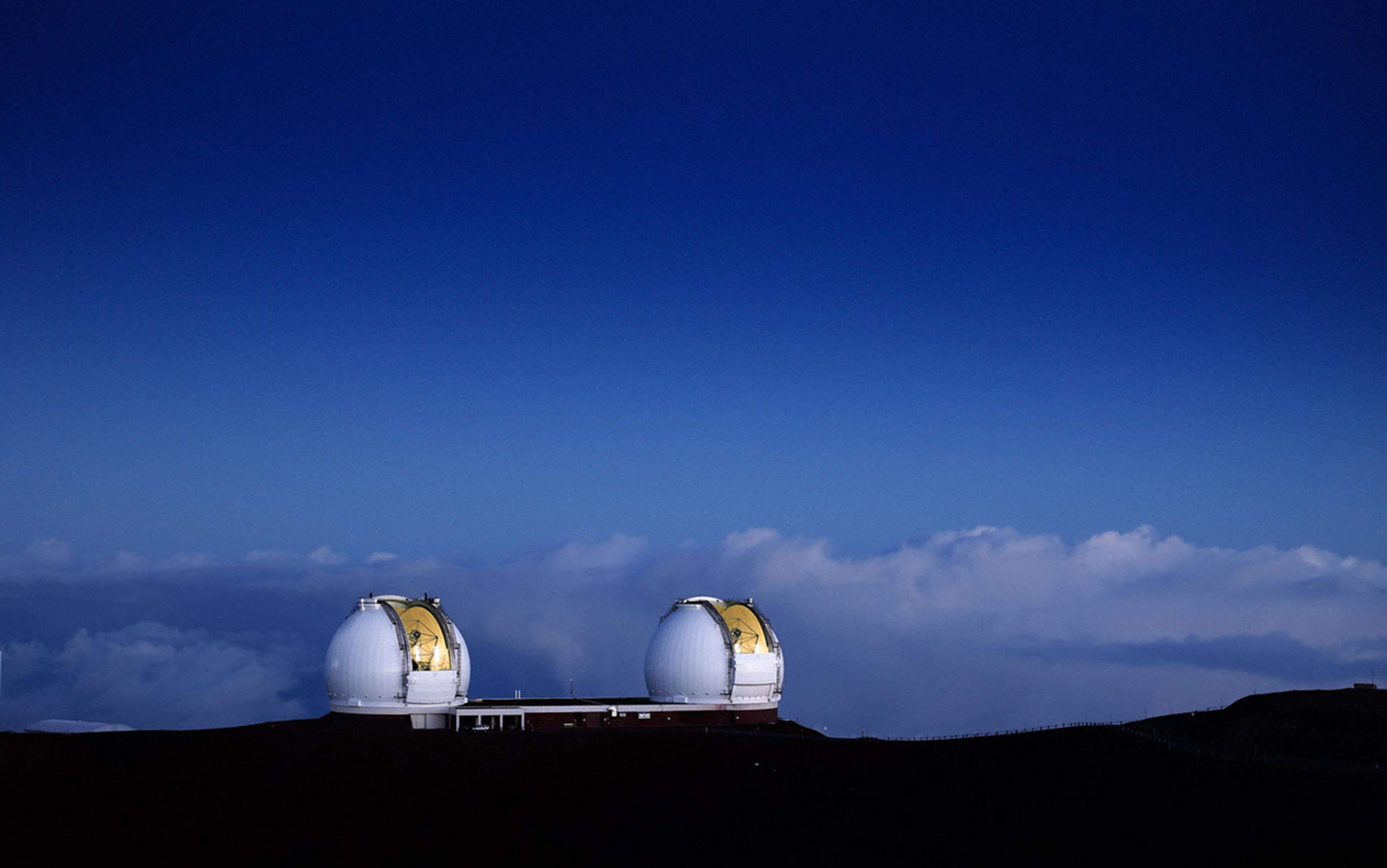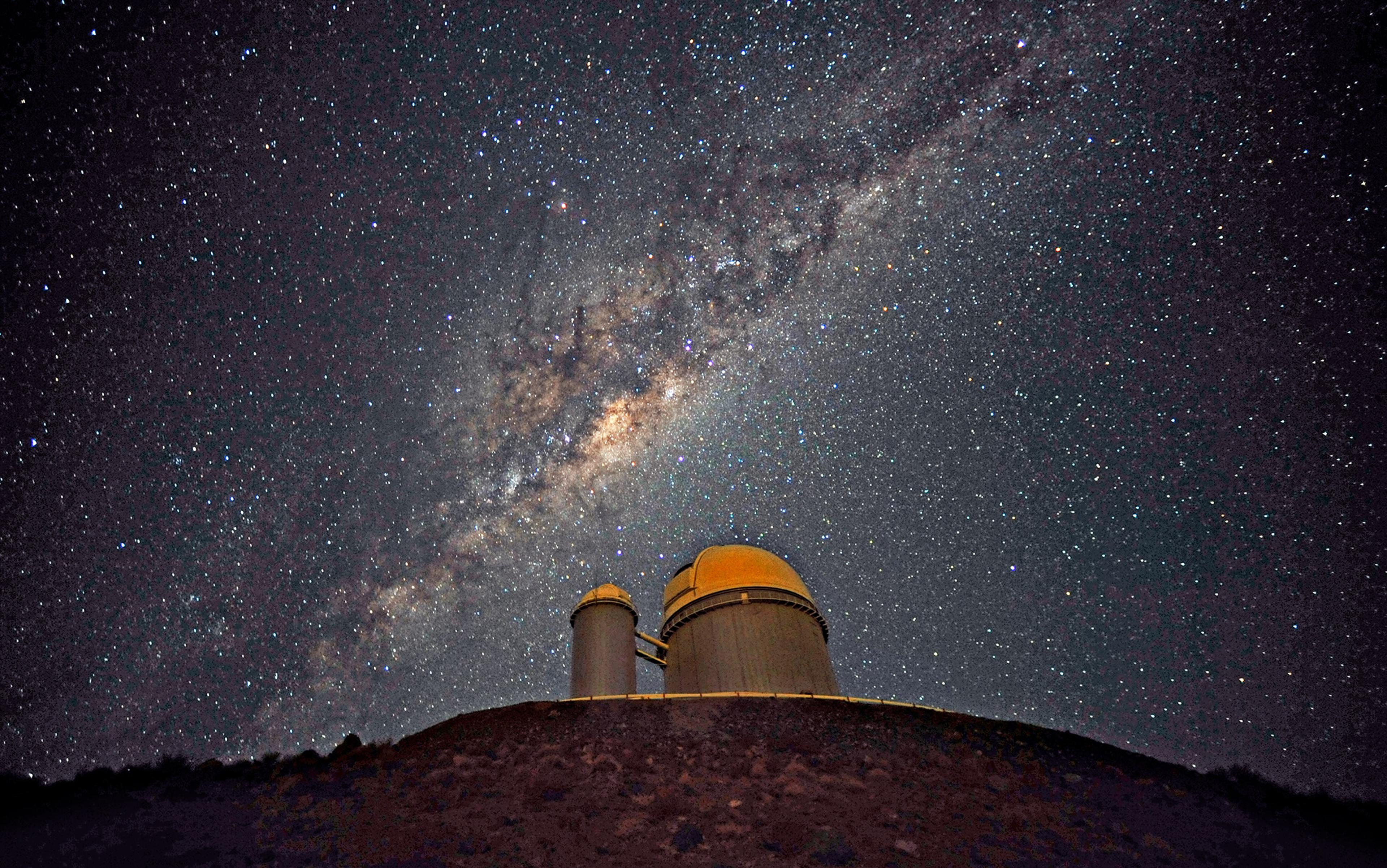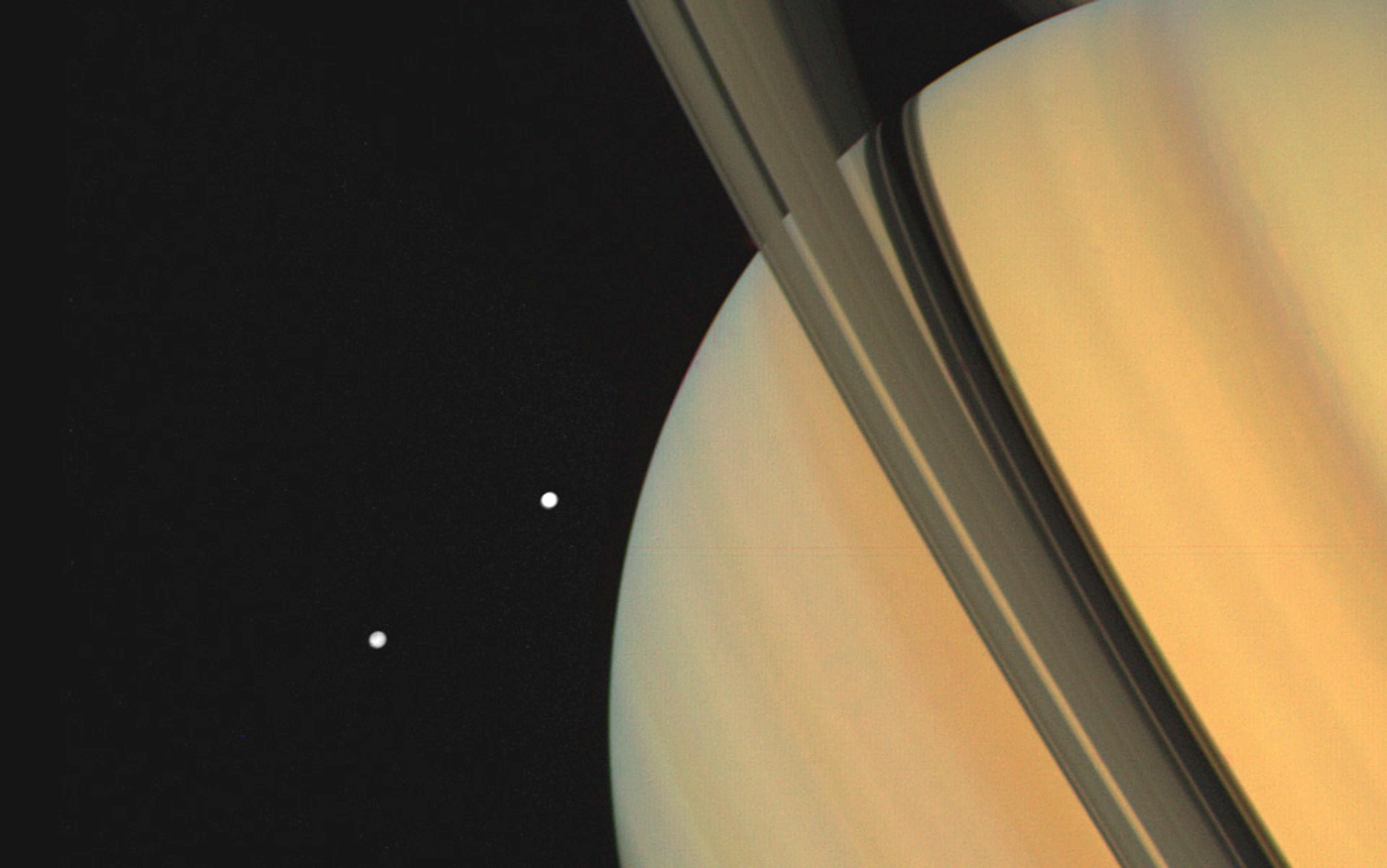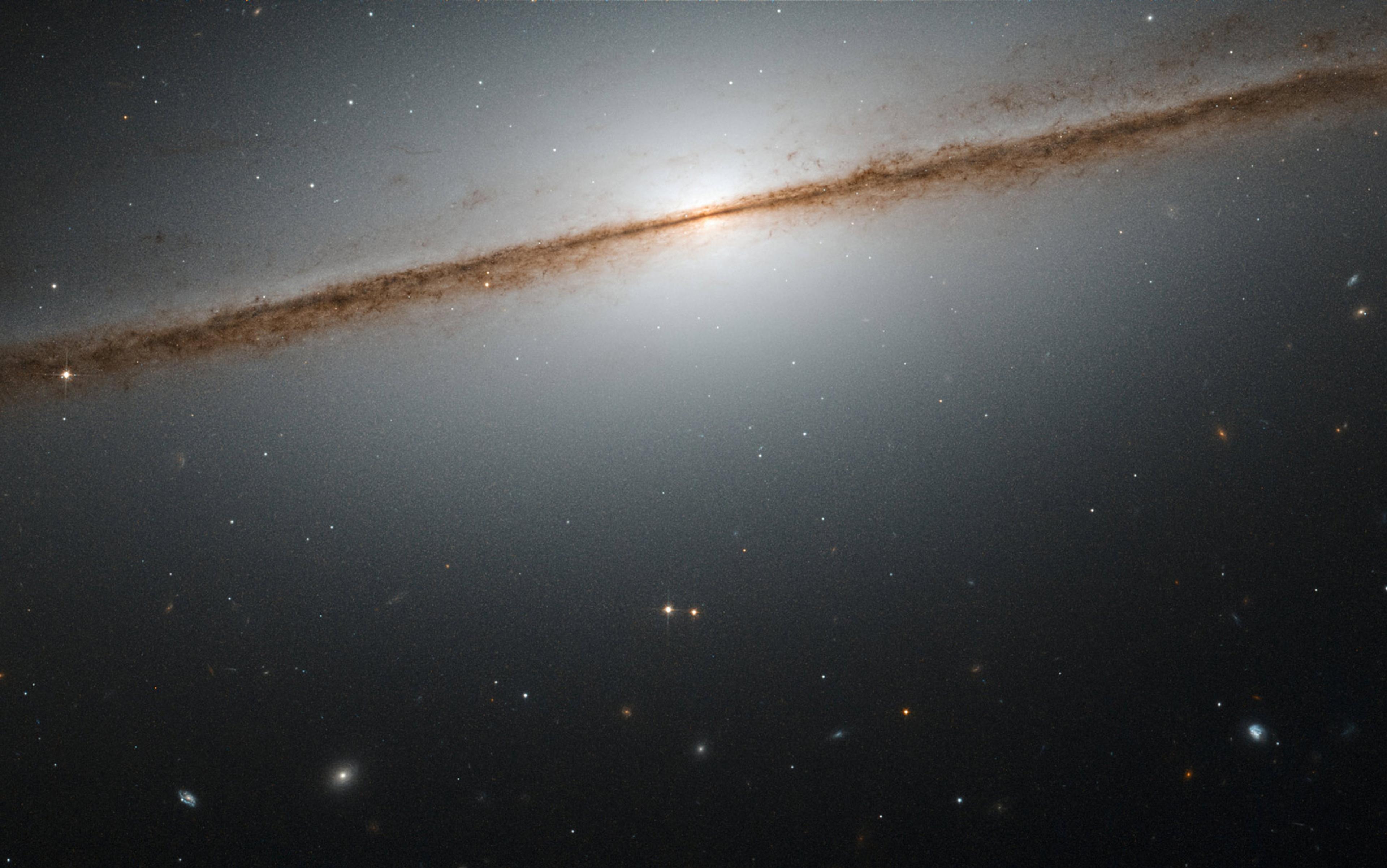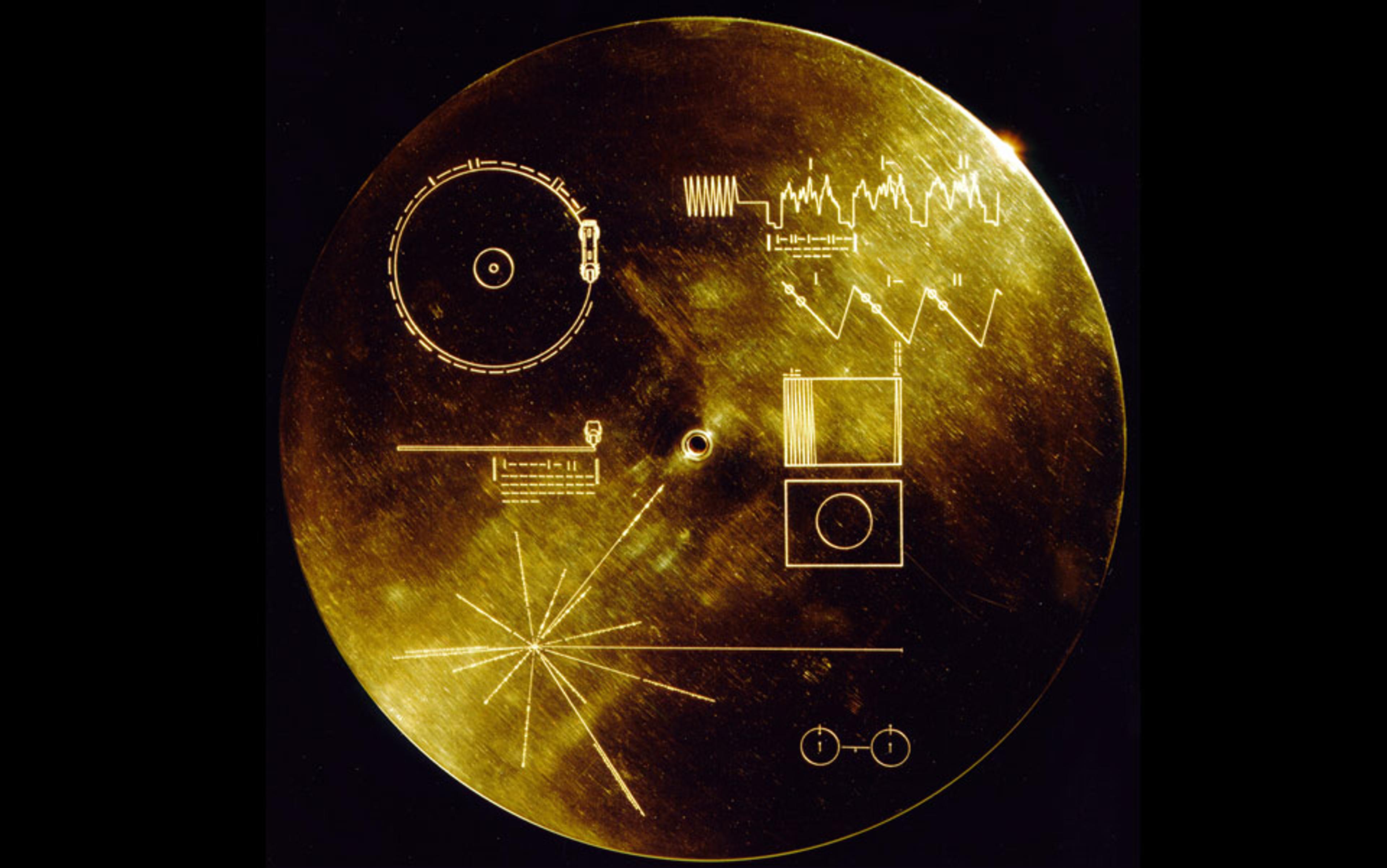‘Look on my works, ye Mighty, and despair!’ says Ozymandias’s ruined statue in the desert of Shelley’s imagination. Shelley’s sonnet is often interpreted as a sober warning that human works are fleeting, but when I read it as a young boy it kindled a sense of adventure; it suggested a wonderfully mysterious past beneath my familiar suburban surroundings. As a child, I was obsessed with archaeology, the attempt to understand the past through enigmatic remains. I spent many afternoons digging up dark patches of Midwestern soil, as I searched the region’s dense forests for artefacts of the Mississippian Indian cultures. I never found a lost city, but I occasionally turned up an arrowhead that would set me speculating about its owner and how it was lost. Through archaeology, I came to see landscapes as temporary surfaces that concealed a deep history. The world became rich with hidden texts.
Boyhood obsessions often linger into adulthood, even if they aren’t immediately recognisable. These days I find myself looking up into the Milky Way’s majestic thread, wondering if its stars play host to monuments as haunting as those found in Egypt’s Valley of the Kings. The natural sciences tell us that time is deep, and that civilisations could have arisen well before the Earth formed. Today, a small group of interstellar archaeologists is looking for evidence of those civilisations. They are tantalised by the possibility that the universe is not just a birthplace of alien cultures but also their necropolis.
We use the word ‘archaeology’ to describe this effort, because looking into deep space takes us deep into the past. The photons that strike our telescopes’ detectors take time to reach us: the light of Alpha Centauri, the nearest stellar system, is 4.3 years old when it arrives. It travels at 300,000 kilometres per second but has to cross 40 trillion kilometres to get here. Dig gradually into the soil and you push through layers accreted by wind, rain, construction, and flood. Dig deep into the sky, beyond local stars such as Alpha Centauri, and you push the clock back with the same inexorability. Epsilon Eridani, another nearby star, is seen as it was over 10 years ago. Light from the fascinating Gliese 667C, a red dwarf with three planets in its habitable zone, takes 22 years to make the journey.
In the cosmic scheme of things, these are trivial distances. Our green and blue world circles its star some 27,000 light years from the galactic centre. The glow we see at the Milky Way’s core began its voyage towards us at a time when prehistoric hunters were chasing mammoths across Europe’s ice sheets. The galaxy itself spans 100,000 light years, and its nearest equivalent, the great disc of Andromeda, is 2.5 million light years away. We see it as it looked when humanity’s ancestors walked the African savannah. When interstellar archaeologists tilt their telescopes to the sky, they are gazing into the deep history of the cosmos, but to find a civilisation more advanced than ours, they have to tilt their imaginations into the future. They have to plot out a plausible destiny for humanity, and then go looking for it in the cosmic past.
If we can so easily misinterpret our own past, how might we misconstrue the artefacts of a truly alien culture?
Conventional archaeology has shown us how difficult it is to make guesses about civilisations across time. In the late 19th century, the excavation of Hisarlik, the site in Turkey now thought to be the location of ancient Troy, soared into the European imagination through the work of Heinrich Schliemann. Legend has it that the wealthy amateur sent a cable that prematurely proclaimed: ‘I have looked upon the face of Agamemnon.’ It is not clear that he actually used those words, but we do know Schliemann’s work enchanted the salons of Europe, a continent that was besotted with the mysteries of a deeply romanticised past.
But Schliemann was hardly a professional scientist. He had made his fortune as an indigo merchant, export agent and commodities speculator before succumbing to a growing passion for all things Mycenaean. When he got to Hisarlik, he and his team unwittingly dug straight through the layer now thought to have been Homer’s Troy, compromising much of that stratum for later investigation, while uncovering decorative objects from between 300 and 500 years earlier — objects that Schliemann’s wife, a Helen in the Victorian fashion, wore when out on the town.
If we can so easily misinterpret our own past, how might we misconstrue the artefacts of a truly alien culture? One can only wonder if a modern-day Schliemann, armed with telescope or radio dish, and freighted with myriad assumptions, might not blunder away an equally enigmatic interstellar find. Interstellar archaeologists are looking for evidence of engineering on scales that dwarf our own. They assume that civilisations eventually build technologies capable of exploiting the energy resources of entire stars. They are building on the early work of the Soviet astronomer Nikolai Kardashev, who, in 1964, set about categorising these futuristic civilisations. His scheme, called the Kardashev Scale, has three types, and so far humanity does not even rate as a Type I — a civilisation that can master the energy resources of its entire planet. A Type II culture can tap all the resources of its local star, and a Type III can harness the energy of an entire galaxy. We do not, of course, know if any civilisation other than our own exists, but Kardashev’s scale offers us a way of approaching the problem of detection: it gets us thinking about what kind of traces these advanced civilisations might leave behind.
Imagining the engineering of ancient extraterrestrials is difficult work, foolhardy even. The earliest attempts to do it tended to focus on the largest conceivable structures. The former Fermilab scientist Richard Carrigan, one of interstellar archaeology’s pioneers, has long been a vocal proponent of the hunt for Dyson spheres, a technology proposed by Freeman Dyson in 1960. Dyson predicted that energy-seeking civilisations would surround their home stars in a technological shell, or a swarm of spacecraft, in order to capture its energy. A sphere with the radius of Earth’s orbit would have an interior surface area 100 million times as large as the surface area of our planet. In 1966, Carl Sagan suggested that such spheres might be detectable, but he cautioned that they would be hard to distinguish from natural objects that gave off a similar infrared signature. Decades later, Carrigan would tell New Scientist that he wanted to try anyway, that he ‘wanted to get into the mode of the British Museum, to go and look for artefacts’.
True to his word, Carrigan has conducted a series of searches for Dyson spheres, following earlier work by the Russian astronomers Vyacheslav Ivanovich Slysh and MY Timofeev. Carrigan combed IRAS, the infrared sky survey that dates back to the 1980s, looking for the distinct infrared signatures calculated for this purely theoretical technology. More recently, Berkeley’s well known exoplanet hunter Geoff Marcy began studying 1,000 Milky Way star systems for evidence of large structures, looking for visible disturbances in light levels around the parent star as the techno-structures transit between their star and the Earth. At Penn State, Jason Wright and his colleagues Matthew Povich and Steinn Sigurðsson are pushing the search for Dyson spheres deeper into the galaxy, and even beyond it, by examining infrared data from the Wide-field Infrared Survey Explorer (WISE) and the Spitzer Space Telescope. Wright’s group is also looking for ‘Fermi bubbles’, patches of a galaxy that show higher infrared emissions than the rest, which could be a sign that a civilisation is gradually transforming a galaxy as it works its way across it. M51, the ‘Whirlpool’ galaxy, offers a good field for study, because it is turned so that we see it face-on.
In the age of big data, it is possible that evidence of an extraterrestrial civilisation is already hiding in our archives
None of the ongoing interstellar archaeology searches will be easy to confirm, supposing they find something notable, for natural explanations for such phenomena abound. For one, spiral galaxies already contain voids that can mimic a civilisation’s spread. The galaxy VIRGOHI21 is a good example. At optical wavelengths, it’s dark enough to suggest it might be a candidate for Dyson-style engineering. But HI21 is also explained through the effects of so-called ‘tidal shredding’, a natural process that may be producing the same signature. Dyson sphere signatures are trickier still: they could be nothing more than stars enshrouded in dust clouds. Positive results turned up by interstellar archaeologists will need plenty of scrutiny.
The field’s deeper thinkers are starting to wonder if there might be other ways to search. Milan Ćirković, from the Astronomical Observatory of Belgrade, has suggested we go after large artificial objects in transiting orbits. He says we ought to look for something like the huge space colonies once championed by Gerard O’Neill, structures that could be involved in large-scale industrial operations, which might be furnaces for antimatter. If so, their existence could be confirmed by the detection of unusual gamma ray signatures. Alien engineers might even manipulate their own central star. In 1957, Fritz Zwicky suggested that civilisations could fire fuel pellets into their local stars, to move their solar systems to new locations, especially when interstellar dangers loomed. Forty years later, the physicist Leonid Shkadov suggested that huge spherical mirrors could be built to accomplish the same thing, by creating a feedback effect from the star’s radiation, that would let its creators control the star’s trajectory through the galaxy.
Interstellar archaeologists are forced to wonder what structures like these might look like from a distance of thousands or tens of thousands of light years. Fortunately, they can tinker with different signatures, because we already have a vast trove of star data to trawl. With detailed information on billions of systems sitting on our servers, and processing power whose growth shows no signs of slowing, we can tune our algorithms to search for transit signatures that could flag engineering projects of immense scale. In the age of big data, it is possible that evidence of an extraterrestrial civilisation is already hiding in our archives.
Our searches might even turn up a galactic gravestone, a monument meant to record the wonders of a dying civilisation for posterity. Luc Arnold from the Aix Marseilles Université has suggested that distant civilisations might use planet-sized objects as deliberate celestial signs, knowing that their signature could be readily detected by alien astronomers. Such objects might be the final act of a civilisation in its death throes, left behind as a legacy to surviving cultures. The astronomer Charles Lineweaver has pointed out that most of our galaxy’s terrestrial-class worlds are two billion years older than Earth. How many civilisations have flourished and died out in that time?
Of course the search for the remnants of these civilisations need not stop with unusual light signatures. In addition to energy, an ancient spacefaring culture would need large amounts of raw material to build its structures. Working with Martin Elvis of the Harvard Smithsonian Center for Astrophysics, the astronomer Duncan Forgan has investigated the possibility that the debris discs around other stars could show signs of large-scale asteroid mining. Rock and ice debris is concentrated in our own solar system at various distances, from the main-belt asteroids between Mars and Jupiter to the Kuiper Belt and the still more distant Oort Cloud. And we now have unambiguous evidence of similar discs of debris around stars such as Vega, Fomalhaut and Beta Pictoris.
Beech thinks blue straggler stars could mark a Kardashev Type II culture trying to preserve its habitat.
Asteroid mining could show up in our telescopes as chemical imbalances in these discs. If we were to see a sharp depletion of elements like iron and nickel, or rare elements, such as platinum and palladium, that might flag extraterrestrial mining operations. The dynamics of the debris disc itself would likewise be affected, as larger objects were broken down for industrial use. The production of dust through mining process might also cause unusual temperature gradients. We don’t have the equipment to make these measurements at present, but future space-based observatories may be able to.
And what of stars that are anomalous such as the ‘blue straggler’ stars that seem much younger than the stars around them? Astronomers are puzzled by them because globular clusters — ancient cities of stars that sit in a spherical halo around the Milky Way — are where blue stragglers were first identified, and these are thought to contain stars that formed at the same time. Now we’re finding blue stragglers in the galactic bulge itself, another unusual place for younger stars since most star formation there has stopped. The giant blue stars we see shining there should have exploded into supernovae billions of years ago.
There are many theories that attempt to explain the blue straggler phenomenon, but only one implicates interstellar archaeology. Martin Beech, an astronomer at the University of Regina in Saskatchewan, has suggested that we consider blue stragglers candidates for follow-up searches to the Search for Extraterrestrial Intelligence (SETI). There are scenarios in which you could imagine a sufficiently advanced civilisation decided to adjust its own star’s ageing process. Pump enough shell hydrogen back into the inner core of a star and you should be able to prolong its lifetime, thus preserving any culture that lives in the vicinity. Beech thinks blue stragglers could mark a Kardashev Type II culture trying to preserve its habitat.
All of these searches ask us to put ourselves in the minds of beings about whom we know absolutely nothing. The physicist David Deutsch has flagged this as a problem for prediction of all kinds, not just those involving SETI. According to Deutsch, we can distinguish between ‘prophecy’ and ‘prediction’, with prophecy being the discussion of things that are not knowable, while prediction deals with conclusions that are based on good explanations of the universe. As prognosticators from Thomas Malthus to the Club of Rome have demonstrated, we may be able to identify problematic trends in the present that can be extended into the future, but we cannot know what knowledge we will acquire in the future to manage those problems. This is why no scientific era has succeeded in imagining its successor. The scientists of the late 19th century discovered this firsthand, when confronted with the emergence of quantum theory and relativity early in the early 20th. Both theories raised questions earlier theorists couldn’t have even formulated.
In the context of interstellar archaeology, the problem is that we have no analogues in our experience for what advanced cultures might create. Patience is the byword as the effort proceeds, the same patience that Heinrich Schliemann’s successors have used to master the art of sifting through rubble, with careful digging and delicate brushwork sweeping aside soil to uncover the shape of a fragmentary artefact. Interstellar archaeologists are tasked with sifting through gigabytes of data, not layers of soil, but the principle is the same. In a recent paper with Robert Bradbury and George Dvorsky, Milan Ćirković offered a paradigm for a new SETI, one that would include not only searches like these but a wide range of ‘future studies’ that would encompass how a post-biological intelligence might emerge and make itself known — intentionally or unintentionally.
This approach asks interstellar archaeologists to expand their field to include the study of computer science, artificial life, evolutionary biology, the philosophy of mind and the evolving science of astrobiology. A successful search for macro-engineering would challenge us to re-imagine our position in the cosmos, confronting us with structures that might identify a living culture, or one long dead. In this respect the interstellar archaeologists are like the Anglo-Saxon and Celtic peoples who inhabited Britain after the end of the Roman occupation. They found themselves living amid engineering that was beyond their own capabilities, a disquieting experience that made its way into Anglo-Saxon poems such as ‘The Ruin’:
The city buildings fell apart, the works
Of giants crumble. Tumbled are the towers
Ruined the roofs, and broken the barred gate,
Frost in the plaster, all the ceilings gape,
Torn and collapsed and eaten up by age.
And grit holds in its grip, the hard embrace
Of earth, the dead-departed master-builders,
Until a hundred generations now
Of people have passed by. Often this wall
Stained red and grey with lichen has stood by
Surviving storms while kingdoms rose and fell.
And now the high curved wall itself has fallen.
Verse like this infuses our past with grandeur while imbuing its artefacts with the rich patina of shared human experience. It serves as a connective tissue between cultures. But no such collective history can illuminate the discoveries of our interstellar archaeologists. Finding the monuments of civilisations more advanced than our own would challenge us to place ourselves in a totally unfamiliar context, as cosmic newcomers who can suddenly aspire to long lifetimes. If we found a lost city in the sky, it might fire our imaginations. It might give us reason to think we’ll outlast existential threats like nuclear weapons and biological terrorism. An interstellar Hisarlik would tell us that some civilisations do survive these dangers and learn to harness immense energies to grow. Rather than despair, we may see their mighty works and rejoice at what we can become.
